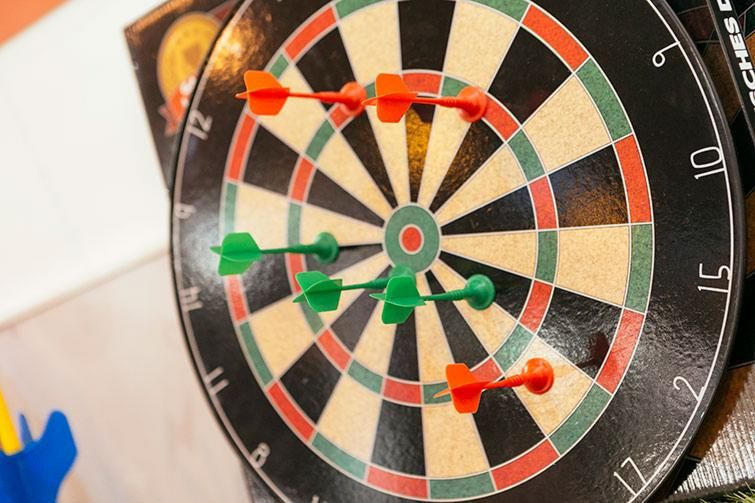)
UK Market Landscape
2017 was a challenging year for the UK economy. In 2016, Britain and Germany were the fastest growing economies in the G7 (US, Japan, Germany, France, Italy and Canada). However, the most recent data from the Office of National Statistics shows that in 2017, Britain fell from the top to the bottom of the league, with slower growth than any of the other seven major economies.
While there were several factors that contributed to this stall in GDP growth, the fallout from Brexit was undoubtedly the primary catalyst. Contributing to a five-year high in inflation as the weak pound struggled since June 2016, pushing up import prices, a cost which inevitably has been passed onto consumers.
Against this economic backdrop, it will come as no surprise that retailers are operating in a tremendously challenging environment. With inflation outpacing wage growth, shoppers continue to see more of their spending power absorbed by essential items.
According to the Office of National Statistics, the total annual value of the UK retail market grew to just over £366 billion in 2017 (January 2018) suggesting that during 2017, ‘the main contribution to the year-on-year growth came from non-food stores, with sports equipment, games and toys increasing sales in the quantity bought in this sector by 10.9%'.
UK Toy Retail Outlook

However, following three consecutive years of growth and a particularly strong year in 2016, UK toy sales decreased by 2.8% in 2017 to £3.4bn. According to the British Toy and Hobby Association (BTHA) and the NPD Group, a number of factors have contributed to this dip in the market including under-performing licenses and the impact of Brexit (particularly last year's impact on the Sterling).
Despite the drop in toy sales, GlobalData forecasts the the UK toys & games market to rise 16.2% to £4.49 billion over the next five years. Driven in part by innovation in electrical toys while at the other end of the market, a return to traditional toys has begun as adults seek to create a more 'wholesome' play-time away from on-screen entertainment.
As internet retailers are such a force in the market, the UK toy market, wholesale toys and otherise, must start to embrace the impact of online retailers. The SME Growth Tracker, a quarterly report by Capital Economics, Amazon UK and Enterprise Nation, found that nearly nine in ten SMEs expect to be selling online by the end of 2018 compared to 64% of SMEs who said they were selling online today. Small businesses using e-commerce anticipate more than triple the revenue growth and double the jobs growth in 2018 compared to those not selling online.
Currently, Argos is the top toy retailer in the UK with a 12% market share, followed by Smyths and Amazon, both holding a market share of 9.6%. However, GlobalData predicts Amazon will soon overtake Argos as the number-one toy retailer over the next five years due to its wide range, low prices and fast and affordable delivery options.
Featured Articles
- 1 5 Stunning Homeware Suppliers you Need to Know About
- 2 Celebrating Inspiring Women in Retail: Spring and Autumn Fair's Commitment to Championing Women in Retail
- 3 UK Retail Insights 2025: Consumer Caution and Selective Spending
- 4 Theo Paphitis: Small Businesses, Big Impact
- 5 A Fireside chat with Olivia Bowen and Keplin CEO Ray Mehra

)
)
)
)
)
)
)
)
)
)